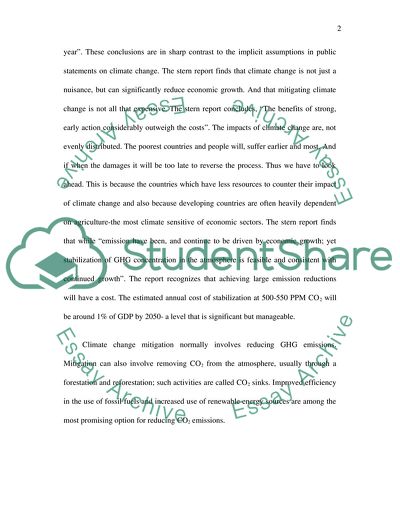Cite this document
(Climate Change and Emission Trading Essay Example | Topics and Well Written Essays - 2000 words, n.d.)
Climate Change and Emission Trading Essay Example | Topics and Well Written Essays - 2000 words. Retrieved from https://studentshare.org/macro-microeconomics/1713340-not-sure
Climate Change and Emission Trading Essay Example | Topics and Well Written Essays - 2000 words. Retrieved from https://studentshare.org/macro-microeconomics/1713340-not-sure
(Climate Change and Emission Trading Essay Example | Topics and Well Written Essays - 2000 Words)
Climate Change and Emission Trading Essay Example | Topics and Well Written Essays - 2000 Words. https://studentshare.org/macro-microeconomics/1713340-not-sure.
Climate Change and Emission Trading Essay Example | Topics and Well Written Essays - 2000 Words. https://studentshare.org/macro-microeconomics/1713340-not-sure.
“Climate Change and Emission Trading Essay Example | Topics and Well Written Essays - 2000 Words”, n.d. https://studentshare.org/macro-microeconomics/1713340-not-sure.


